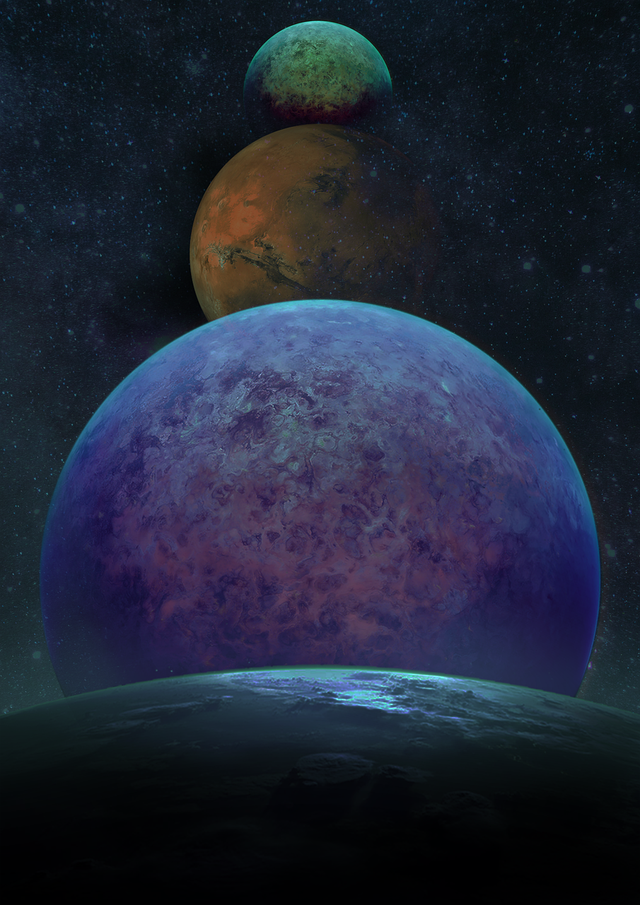Planetary magnetism // The invisible guardians of the galaxy

Pixabay
Planetary magnetism is super mysterious and cool; it's like the secret force of the galaxy. Every planet has its own unique magnetic environment, mainly due to how the metallic materials move within its core.
This invisible field acts as a shield against cosmic radiation and solar wind, which is really important because it helps keep the surface of places like Earth in a state where life can thrive.
Earth has this amazing magnetic field, right? It's all thanks to the iron and nickel stuff in its core, which acts like a natural dynamo called the Dynamo Effect. This field extends beyond the atmosphere and creates the magnetosphere, which is like a shield that deflects charged particles from the sun.
Without this shield, the atmosphere would gradually erode, just like what happened to Mars, a planet that didn't have a strong magnetic field and lost much of its water and natural protection against radiation.
In our galaxy, every planet with a magnetic field gives us clues about what's happening inside and how it has changed over time, Jupiter, that big gas giant, has the strongest magnetic field around, much stronger than Earth's, thanks to the swirling metallic hydrogen in its core. Other planets like Saturn, Uranus, and Neptune have super complicated magnetic fields that scientists are still trying to figure out.
Studying magnetism on planets isn't just about understanding the past of our own world; it's also a key to unlocking the secrets of life beyond Earth.
Where there's a strong magnetic field, the atmosphere is likely to be more stable and potentially better for life. In this way, magnetic fields aren't just a physical phenomenon; they're like invisible guardians that determine what happens to planets and perhaps even the life that might emerge there.
Neptuno: Guardián de la Oscuridad por CAN BARTU H, 2024.
Física. Tomo II: Electricidad, magnetismo y óptica (Volumen 2) por D. E. Roller, R. Blum, 2020.